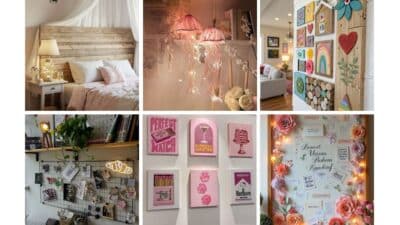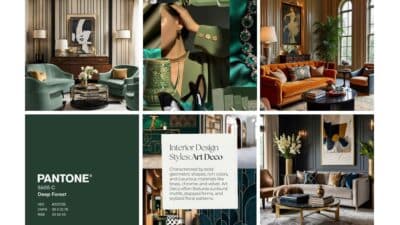Living in a small apartment doesn’t mean you have to feel cramped or limited. With the right design choices, you can transform even the tightest layout into a space that feels open, comfortable, and stylish. By using smart design tricks, you can make a small apartment seem far more spacious than its actual square footage.
You have the power to create the illusion of space through layout, lighting, and color. Simple adjustments—like arranging furniture to maximize flow, choosing lighter tones, and using mirrors—can instantly change how a room feels. These strategies don’t require major renovations, just thoughtful decisions that make every inch count.
A small apartment can feel inviting and personal while still appearing roomy. With a balance of clever storage, visual tricks, and design details, you can enjoy a home that looks larger without sacrificing character or comfort.
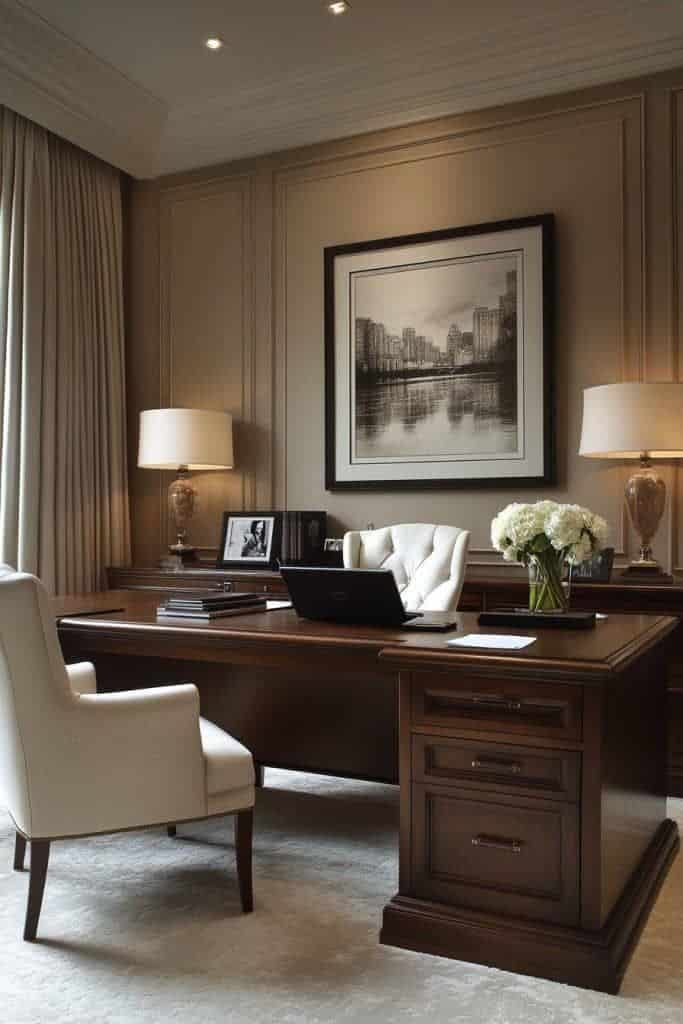

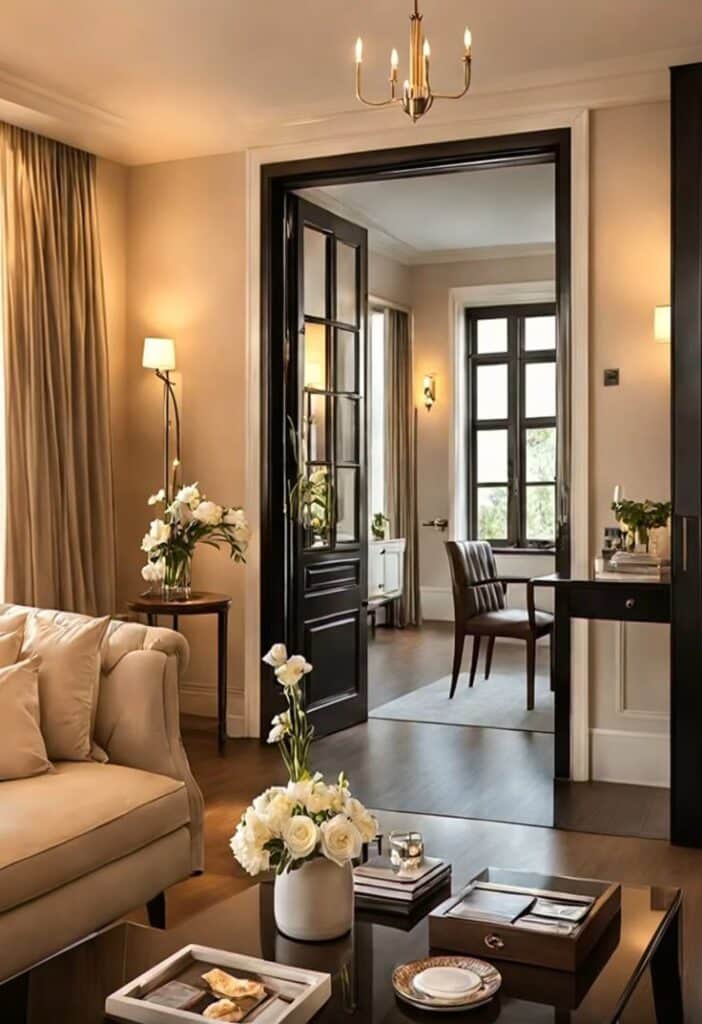
Key Takeaways
- Small spaces can feel larger with intentional design choices
- Layout, lighting, and color shape how open a room feels
- Thoughtful details create comfort without clutter
Designer Strategies to Make a Small Apartment Feel Spacious
You can make a small apartment feel more open by focusing on how light moves through the space and how surfaces reflect it. Using natural light, mirrors, and layered artificial lighting together creates a brighter and more balanced environment that feels less confined.
Maximizing Natural Light
Natural light makes a small apartment feel larger by reducing shadows and brightening corners. Keep window areas clear of heavy drapes or bulky furniture so sunlight can spread across the room. Sheer curtains or light-filtering blinds give privacy while still letting daylight in.
Choose light-colored walls and finishes that bounce light rather than absorb it. Pale neutrals, soft grays, and off-whites help keep the space airy. Glossy or semi-matte finishes on surfaces like floors or cabinets can also reflect sunlight effectively.
If your apartment has limited windows, place reflective materials near them. For example, a glass coffee table or a light-toned rug close to the window helps amplify brightness. Even small adjustments like trimming plants outside the window can increase how much natural light you get inside.
Strategic Use of Mirrors
Mirrors visually expand a small apartment by reflecting both light and views. Positioning them across from windows doubles the effect of natural light, making the room appear brighter and more open. A tall mirror leaning against a wall can also draw the eye upward, emphasizing ceiling height.
For the best results, use mirrors in areas that feel tight or dim. Hallways, entryways, and narrow living areas benefit the most. You can also hang multiple smaller mirrors in a grid to create a statement wall that adds depth without overwhelming the space.
Tips for mirror placement:
- Across from windows: maximizes light reflection.
- Behind furniture: makes the area look deeper.
- In corners: softens dark spots that feel cramped.
Layered Artificial Lighting
Artificial lighting fills in the gaps when natural light isn’t enough. Instead of relying on one overhead fixture, use a layered approach with ambient, task, and accent lighting. This combination reduces harsh shadows and distributes light evenly across the room.
Table lamps, wall sconces, and under-cabinet strips are practical ways to create layers. For example, a floor lamp in the living area provides ambient light, while a desk lamp focuses on tasks. Accent lights, such as LED strips behind shelves, highlight features and add depth.
Warm white bulbs (2700K–3000K) create a comfortable atmosphere, while cooler tones work better in work areas like kitchens. Using dimmers lets you adjust brightness for different times of day, making the apartment feel adaptable and less confined.
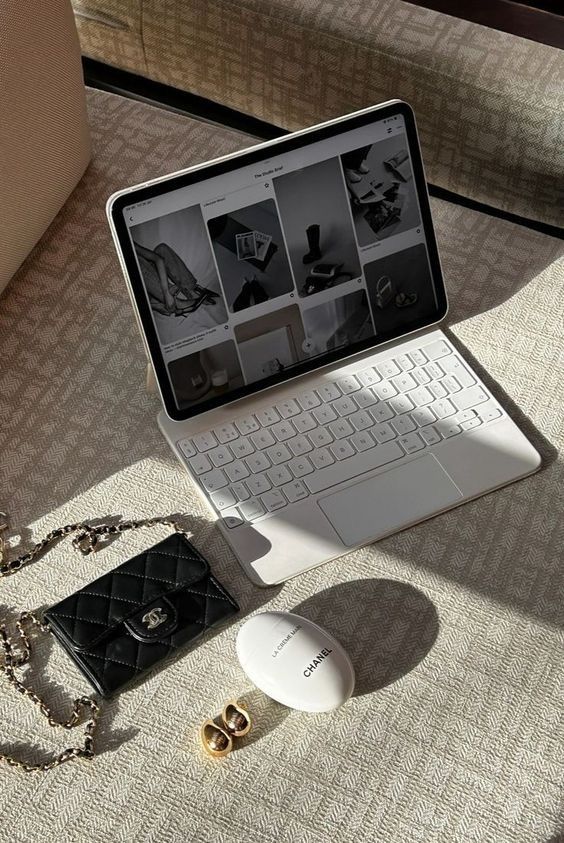
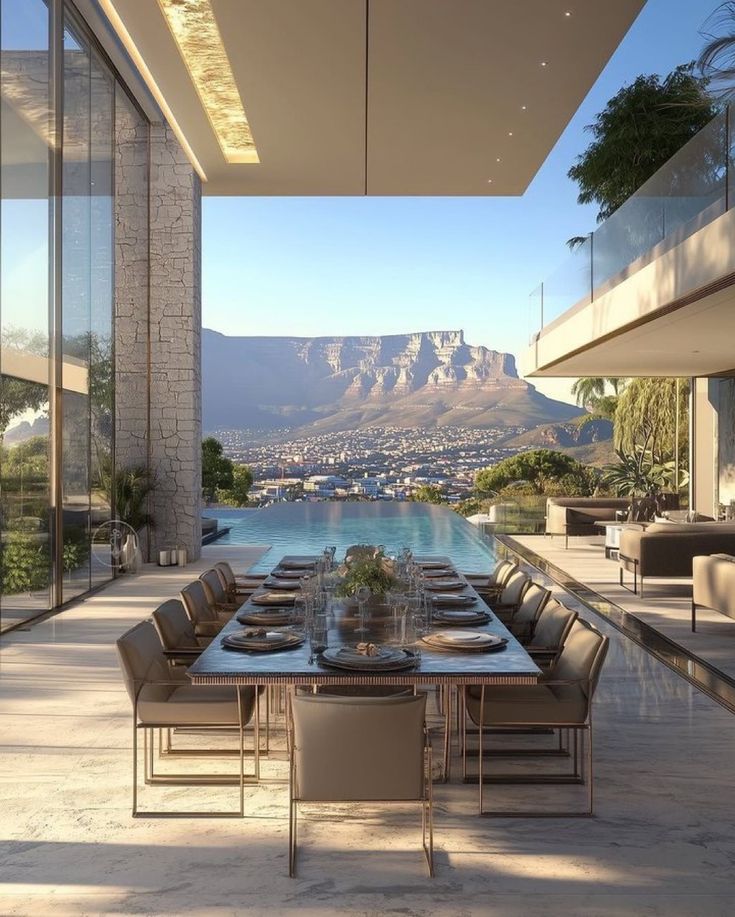
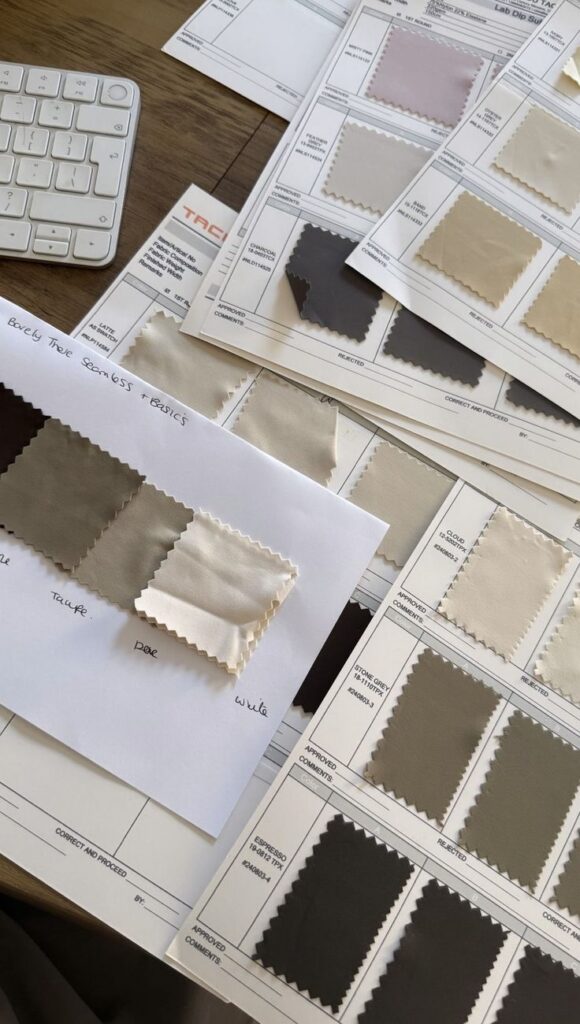
Smart Layouts and Visual Tricks
You can make a small apartment feel larger by choosing furniture that serves multiple purposes, arranging rooms to improve flow, and using storage that draws the eye upward. Thoughtful layouts and visual strategies reduce clutter and create the impression of more breathing room.
Space-Saving Furniture Choices
When every square foot counts, furniture that does more than one job helps you save space. A sofa bed can double as a guest bed, while a lift-top coffee table offers hidden storage. Folding chairs or nesting tables tuck away neatly when not in use.
Look for pieces with slim profiles and raised legs. Furniture that sits off the floor creates a lighter look and allows you to see more of the floor, which makes the room feel larger.
Examples of smart choices:
- Storage ottoman – seating + hidden storage
- Murphy bed – folds up to free floor space
- Wall-mounted desk – workspace without bulk
By picking these kinds of items, you reduce clutter and keep your small apartment functional without overcrowding it.
Open Floor Plans and Room Dividers
A small apartment often benefits from fewer walls and more open flow. If possible, keep your living, dining, and kitchen areas connected. This prevents the space from feeling chopped up and allows more natural light to travel across the room.
Instead of solid walls, use lightweight dividers to define areas. A bookshelf, folding screen, or curtain can separate a sleeping nook from the living area without closing it off completely.
Room divider ideas:
- Open shelving unit – doubles as storage
- Sliding panels – flexible and easy to move
- Curtains – soft and inexpensive option
This approach gives you privacy where needed but keeps the apartment feeling open and airy.
Vertical Storage Solutions
When floor space is limited, the walls become valuable storage areas. Tall bookshelves, wall-mounted cabinets, and pegboards keep items organized without eating into your living area.
Consider using the space above doors or windows for shelving. Even a narrow ledge can hold books, baskets, or decorative items.
Ways to use vertical space:
- Install floating shelves for everyday items
- Use hooks or racks for coats, bags, and kitchen tools
- Add lofted beds in studios to create storage or a desk below
By shifting storage upward, you free up the floor and make your small apartment look more open and less crowded.
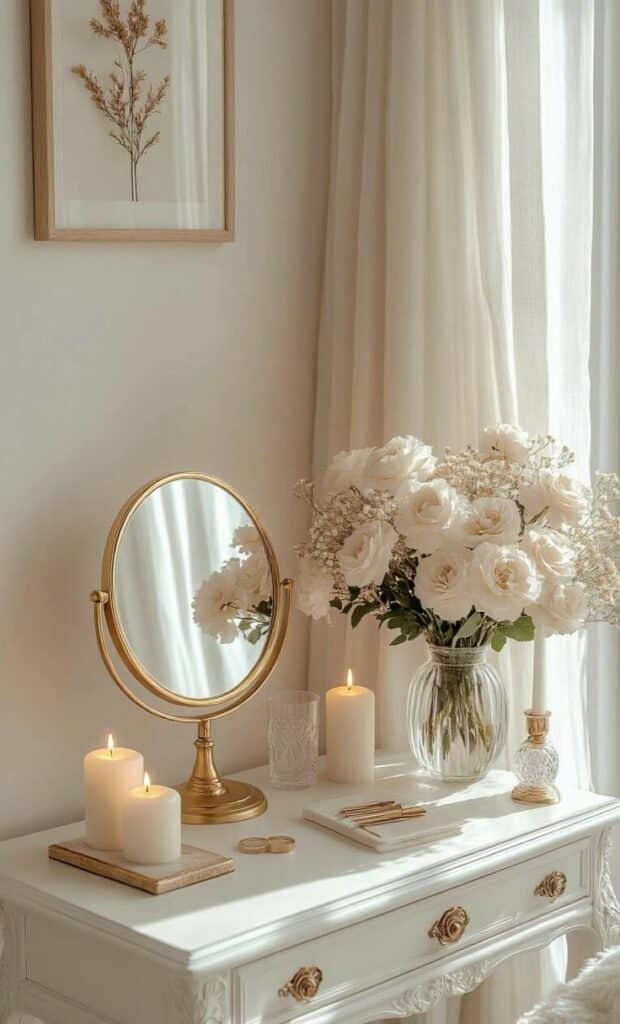
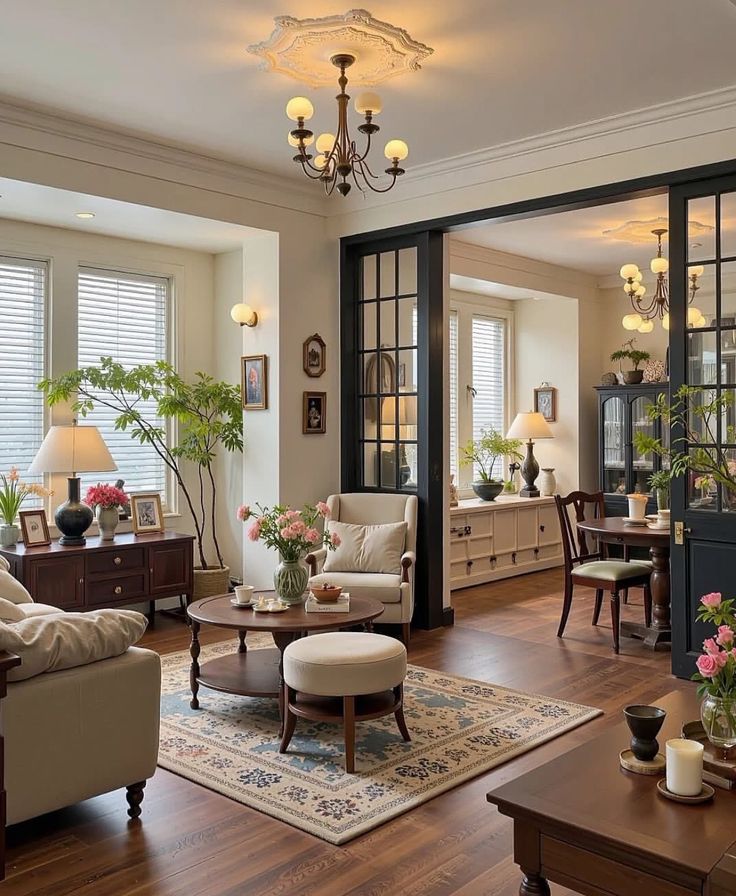
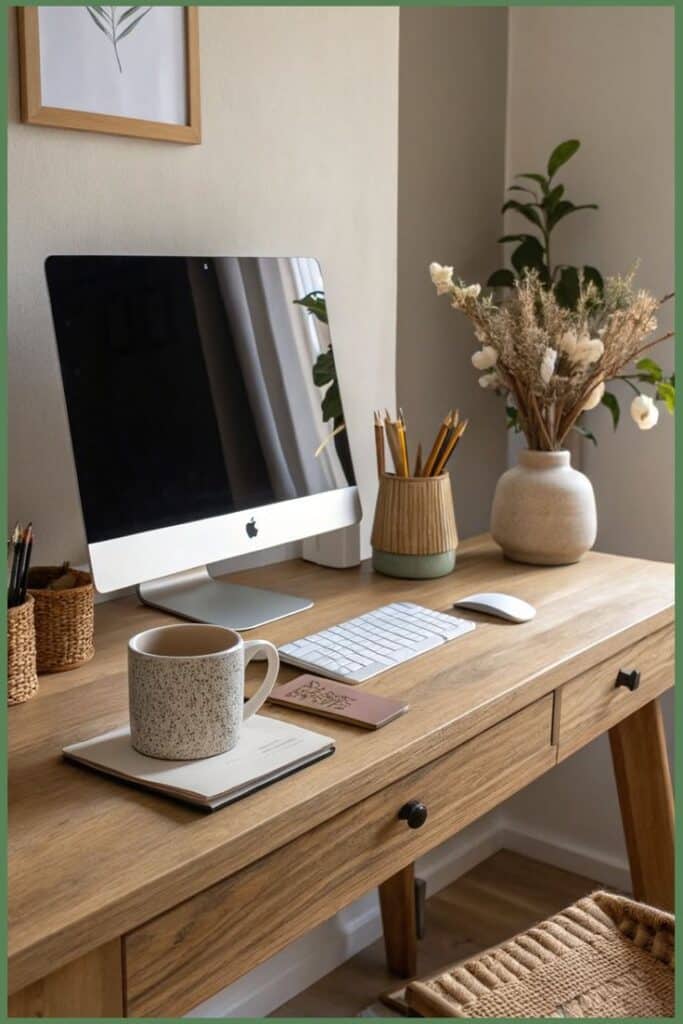
Color, Texture, and Decor Enhancements
The right visual details can change how your apartment feels. By focusing on color choices, surface finishes, and natural materials, you can create a space that feels brighter, more open, and more comfortable without needing extra square footage.
Light Color Palettes
Using light colors on walls, ceilings, and floors helps reflect natural light and makes a room feel more open. Shades like soft white, pale gray, or warm beige reduce shadows and create a smoother flow from one area to another.
You don’t have to stick to plain white. Pairing neutral walls with lighter accent tones in rugs, curtains, or throw pillows adds depth without overwhelming the room.
Consider this simple guideline:
| Area | Suggested Colors |
|---|---|
| Walls | Off-white, pale gray, soft beige |
| Large Furniture | Light gray, cream, muted taupe |
| Accents | Pastel blues, sage green, blush |
Keeping your main pieces light makes the space feel larger, while small pops of color add personality without shrinking the room visually.
Reflective and Glossy Surfaces
Adding reflective finishes helps bounce light around the room, which increases the sense of spaciousness. Mirrors are the most effective option, especially when placed opposite windows to maximize natural light.
Glossy surfaces on furniture, such as lacquered tables or glass shelving, also contribute to a brighter look. Even metallic accents in light fixtures or picture frames can make a noticeable difference.
To avoid a cold or sterile feel, balance reflective materials with softer textures. For example, pair a glass coffee table with a woven rug or a glossy cabinet with a matte ceramic vase. This mix keeps the room inviting while still enhancing brightness.
Incorporating Natural Elements
Bringing in natural elements softens the look of a small apartment and prevents it from feeling too stark. Wood tones, stone textures, and woven fibers add warmth and make the space feel more grounded.
Plants are especially effective. A tall plant in a corner draws the eye upward, while smaller potted greenery on shelves adds visual variety without clutter.
Natural fabrics such as cotton, linen, or wool also help balance sleek finishes. For example, a linen throw on a light sofa or a jute rug under a glossy table creates a comfortable contrast. These details keep your apartment feeling open but also personal and welcoming.
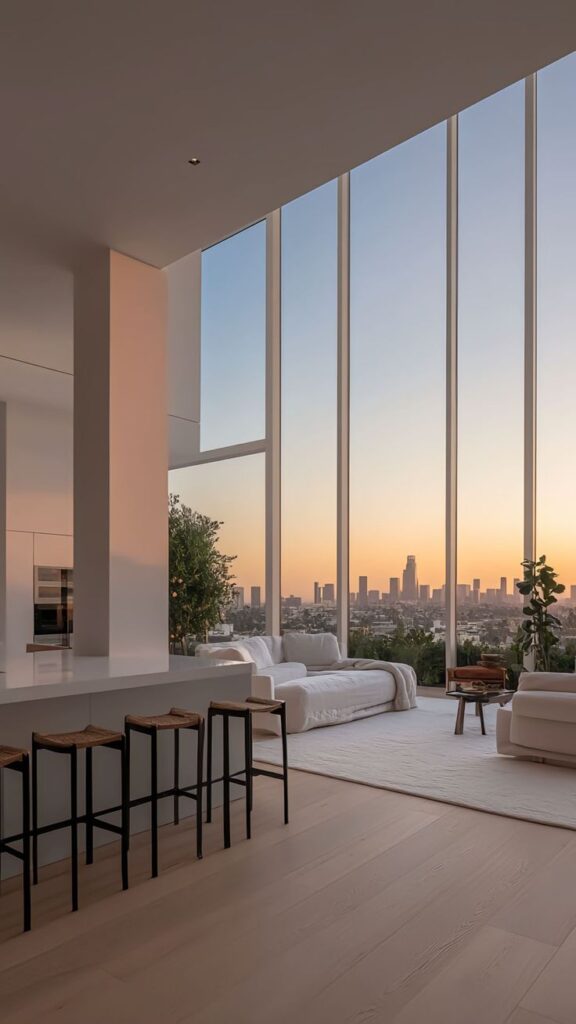


Decluttering and Personal Touches
A small space feels larger when you reduce visual clutter and add only meaningful details. You can create openness by removing excess items while still making the apartment feel personal through carefully chosen accents.
Declutter for Openness
Start by removing items you rarely use. In a small apartment, every object takes up valuable space, so keeping only what you need prevents rooms from feeling cramped.
Use hidden storage like ottomans with compartments, under-bed containers, or wall-mounted cabinets. These options keep essentials close but out of sight, which makes the room look cleaner.
Try grouping similar items together. For example:
- Books: keep them in one shelf rather than scattered.
- Kitchen tools: store them in a single drawer organizer.
- Clothing: rotate seasonal pieces to avoid crowding.
When surfaces stay clear, light bounces more freely and makes the apartment appear larger. Even removing just a few items from counters or tables can change how open the space feels.
Minimalist Styling Tips
Minimalist styling doesn’t mean removing personality. It means choosing fewer pieces that have greater impact. In a small space, one framed photo or one plant on a side table often looks better than several small items.
Stick to a limited color palette. Neutral tones like white, gray, or beige as a base help walls and furniture blend, while a few accent colors keep the room from feeling flat.
Choose multi-functional décor. A mirror doubles as wall art while reflecting light. A slim bench might serve as seating and storage. These pieces give style without adding clutter.
Finally, add personal touches sparingly. A favorite artwork, a throw blanket, or a unique lamp creates warmth and character without overwhelming the room. This balance keeps your apartment both spacious and inviting.




